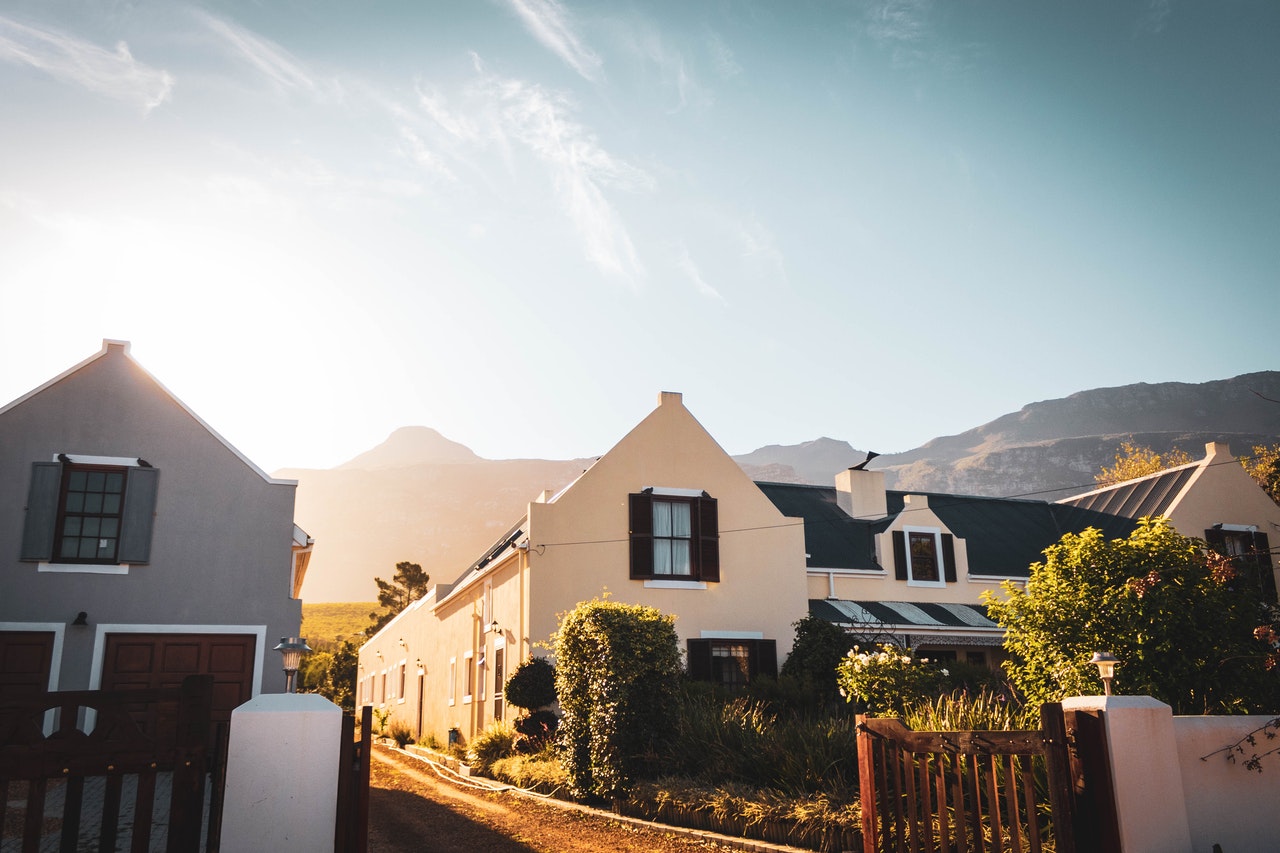One of the changes we’ve seen that was brought about by the pandemic is how it’s changed how people perceive both urban and rural areas. Once, people longed to move to big cities to live out their dreams of living an urban life. But the pandemic has shifted the focus to quiet suburban areas. With businesses and amenities closing left and right and workers doing their tasks remotely, big cities have lost their appealing qualities. During this global crisis and prolonged isolation, people want to live in neighborhoods that are less congested and more walkable.
Walkable Neighborhoods
Walkability refers to the degree to which an area is conducive to walking. An area is considered walkable if pedestrians can reach essential establishments on foot within a short and reasonable amount of time. The area itself must also make walking and cycling safe by having sufficient pedestrian and cycling lanes and road markings and is regularly cleaned and maintained. People also long for mobility amid the prolonged isolation prompted by the pandemic. Mobility is harder to achieve in larger, less walkable cities whilst observing social distancing. But in the suburbs, it comes almost naturally.
Living in a walkable area has many benefits. With fewer vehicles in use, these areas have less noise and air pollution – the latter of which has serious ramifications for our health in the long term. Apart from the environmental benefits, fewer vehicles also mean fewer vehicular accidents. You might still require the services of a PI attorney in walkable areas, but, in general, you should feel more at ease and relaxed in this setting.
Since the pandemic, experts and government leaders have been stressing the importance of walkable neighborhoods. Global cities such as Paris, Melbourne, and Detroit are aiming to make themselves so walkable that any destination can be reached on foot within 15 minutes. This is what’s now known as a 15-minute city. Government leaders are working towards having more of these cities, deeming them a tool of post-pandemic recovery. Mayor of Paris Anne Hidalgo, who is running for another term, promised voters that with the establishment of a 15-minute capital city, Parisians will have egalitarian access to job opportunities, education, and essential products and services.

Life in The Suburbs
Big cities have lost their appeal. Many businesses have closed – either temporarily or for good. Art and culture hubs such as theatres, museums, and tourist spots have had to close their doors or enforce strict safety measures. Many workers are doing their work remotely, so commuting to work is no longer a part of their routine. At most they’re coming to the office once or twice a week, so even if moving to the suburbs would increase their commute time, they don’t mind.
All these factors are pushing people away from the cities they moved to for a better urban life and towards the suburbs, where they can live in less congested spaces. Millennials, who had been putting off buying their first homes before the pandemic, are now finally buying them. More millennials and Gen Z are buying homes during the pandemic than in 2019 – and they’re choosing the suburbs over the city.
The mass move to the suburbs started before the pandemic due to affordability issues in cities such as San Francisco. The pandemic has accelerated this 5-year trend into a period of just 3 months. As a result, rent prices in large cities such as New York have dropped, and experts say that it may take years for the prices to return to pre-pandemic standards.
All that said, if you’re thinking of moving, you might still want to check with your boss regarding possible salary drops. Many companies are looking for any excuse to furlough a worker or cut their pay. Facebook CEO Mark Zuckerberg said that employees who move to less expensive cities will experience salary cuts. Moving to the suburbs can also affect your finances in other ways. These include higher property taxes, utility, and maintenance costs.
Bigger Lots and More Outdoor Space
Tired of living in their cramped condos, city dwellers find themselves lured in by the open spaces in the suburbs. These areas also have plenty of lush greenery, less noise, and air pollution – all things that are harder to come by in urban areas. These traits also reduce levels of depression and anxiety, conditions that have abounded ever since the lockdown began.
Amid the pandemic, city dwellers are finding solace in and relocating to the suburbs. They’re also favoring more walkable neighborhoods. Meanwhile, big-city mayors are working towards making their cities into 15-minute cities, where citizens can have access to whatever they require within a 15-minute walk. While these efforts may draw crowds back to urban areas in due course, the real benefit of these efforts is rooted in their sustainability and equitability. These cities promise less automobile-induced pollution and equal access to jobs and essential services.
